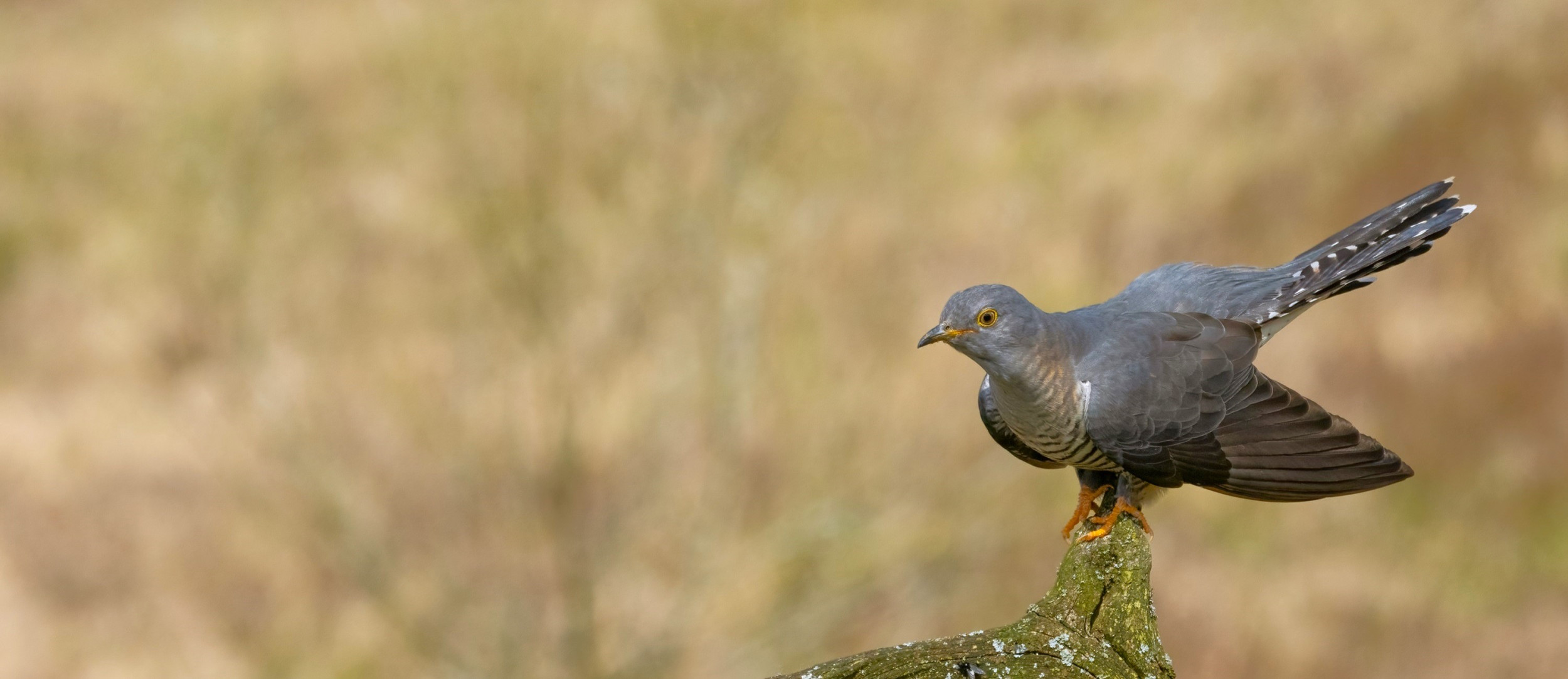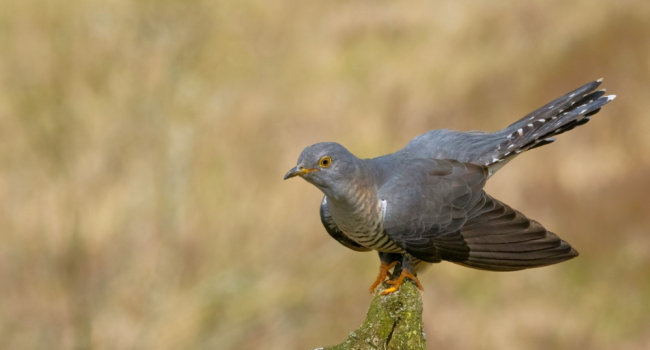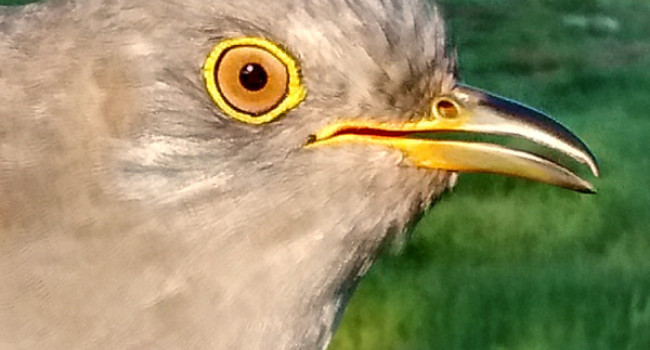It looks likely that BB, Peter, Skinner, Waller and Whortle have failed to complete their migration this year, or their tags are no longer transmitting, and so we will be moving all of them to the inactive section of the website.
Updates from our Cuckoos
Read the latest updates from our Cuckoos on their epic migration between the UK and tropical Africa, or track their movements in real-time on our Cuckoo migration map.
- If you enjoy these updates, please consider sponsoring a Cuckoo. Sponsors receive special updates about their chosen Cuckoo in the Cuckoo e-newsletter.
Further transmissions unlikely to be received
Cuckoos missing off the map
From time to time we ‘lose’ one or two of our Cuckoos only for them to reappear several days, or even weeks, later. We are never entirely sure why this might be at the individual level but during the course of the project we have noticed similarities between some of the ‘lost’ birds.
We have lost some of our birds just prior to them making a large movement and we think that this might be because they move into denser vegetation in order to feed up before embarking on a long flight. Moving into denser vegetation may mean that the solar panel that recharges the battery for the tag is in shade for periods of time and the battery receives a poorer charge, which in turn results in poorer performance from the satellite tag.
Once the birds have put on enough weight to begin their journey they move into the open and the tag begins charging again and the birds ‘reappear’. We also see the same thing happen, although to a lesser extent, when birds complete a long movement and presumably move into denser vegetation to rest and feed up
Emsworthy and Whortle on the move
Emsworthy and Whortle, who had both been south of Lake Mai, have moved off to new locations. Emsworthy has travelled 280km (175 miles) north and is now close to Mbandaka while Whortle has headed 370km (230 miles) in a north-easterly direction and become the most easterly Cuckoo of all those that we are currently following. This could be due to a change in the conditions in the area which has caused them to seek new locations.
Whortle settled in the rainforest
Whortle is settledin the rainforest to the north east of Lake Mai-Ndombe in the Democratic Republic of Congo. We last heard from him at 16.12 on 9 December.
A period of recovery
With most cuckoos now in the Sahel region, we're entering a fairly quiet period in the annual cycle of the tagged cuckoos with less movement than during the migration season.
Birds who completed their desert crossing will spend time in the Sahel recovering their body condition, and some may stay quite a long time. In previous years, cuckoos have stayed in this area for as much as several months, while others spend a shorter amount of time before moving south into the humid zone forests.
The eastern Sahel in Chad and south Sudan has received plenty of rain recently, and thus conditions are likely good for cuckoos. Northern Cameroon was slightly drier than average in August, and so cuckoos such as Derek, Dudley, Stanley, and Emsworthy may be moving on if foraging conditions aren't suitable.
Three complete desert crossing
Three Cuckoos are now safely across the desert, including Meavy, who had grounded and stayed in the same area for a few days. He is now in north Benin while Dudley is in Nigeria and Whortle is further to the east in Sudan.
Dudley and Whortle join Meavy in Africa
On Saturday 12 July transmissions were received from both Dudley and Whortle to show they had arrived in Africa.
Dudley has cut across to Africa, from his location in Spain to Niger. Whortle, however, has taken a completely different route to last year - travelling via Italy towards Libya/Egypt! This is a real surprise as last year he went west via Spain to western Africa and then to Niger. Over 4,000km (2,500 miles) separate the two locations within Africa! How will this complete change in route affect the rest of his journey and what are the reasons behind this dramatic difference? In previous years, while we have seen some minor changes, routes have remained relatively similar. It shows that the more we learn about Cuckoos, and the possible reasons for their declining populations, the more questions are raised!
Dudley and Whortle join Meavy, the first Cuckoo to arrive in Africa, who had grounded in the Algerian desert. Since then he has continued south to Niger but has still yet to complete his desert crossing, indicating he may be struggling.
Taking the Italian route
From France, via Corsica, Ash appears to now be in Italy. He joins Hennah, who had also been in France and perched in the Pyrenees close to the France/Spain border but who also recently changed direction and headed to Italy to take this more easterly route. Whortle, Peter, Waller, and Livingstone are all also currently in Italy.
Your chance to name a Cuckoo
With three un-named birds left we are letting you choose what to name one of our Sherwood Cuckoos! Anyone who sponsors a Cuckoo before the end of June will be entered in to a draw. We’ll then pick one entry at random and will contact the winner who can then suggest a suitable name*. Find out how you could name a Cuckoo.
Four Cuckoos in Italy
Emsworthy has travelled over the border from France to join Whortle, Livingstone and Peter in Italy. Livingstone and Peter are in the Po Valley, an area that the project has shown to be important to many of our Cuckoos, while Whortle and Emsworthy are currently close to the valley edge.
Emsworthy's move this year, from France along and into Italy, looks remarkably similiar to Whortle's movement last year, just before he suprised us by retreating back to France and then down through Spain to Africa. This year Whortle has headed straight to Italy and not stopped in France as far as we can tell. Will he head through Spain as last year or make the flight to Africa directly from Italy? Which route will fellow Devon Cuckoo Emsworthy take?





Share this page